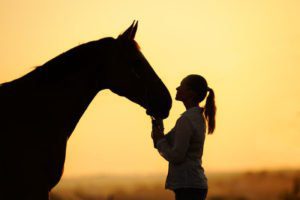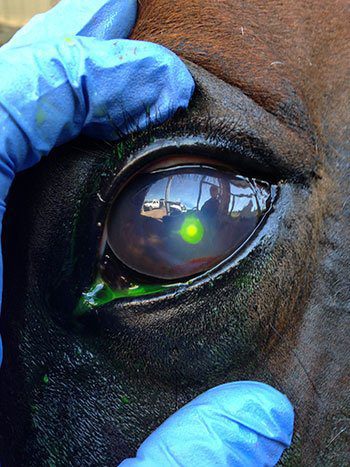
Approximately 5-25% of horses show signs of anhidrosis during Summer. A condition where horses sweat noticeably less – or even not at all – anhidrosis is a serious health concern when the weather is at its most hot and humid.
In this article, we answer a few frequently asked questions about anhidrosis.
What causes anhidrosis?
The exact cause of anhidrosis is unknown. However, many veterinarians expect the condition is due to a decreased response to sweat gland stimulation by the hormone epinephrine, which normally triggers sweat gland activity.
What breeds are most susceptible to anhidrosis?
Most commonly, anhidrosis is found in Thoroughbreds, Quarter Horses and Warmbloods, and it’s rarely seen in Arabians. At present, there is no simple test available to determine if offspring will develop the condition, as there are many unknown, complex factors.
What are the clinical signs of anhidrosis?
While anhidrosis is most noticeable following exercise, it isn’t linked to exercise. Sedentary horses living in hot, humid environments will show signs of reduced or absent sweating. Those horses with anhidrosis in work will often have higher respiratory and temperature rates for longer periods.
The danger with anhidrosis is that it places greater demands on the horse’s respiratory system to cool body core temperature. Just like humans, horses rely on sweating to reduce core body temperature after intense exercise and normally only 15-25% is lost via the respiratory system.
How is anhidrosis treated?
While there is no cure for anhidrosis, the condition can be managed relatively effectively. Of most importance is moving an anhidrosis-affected horse to a cooler climate. If your horse is suffering mild anhidrosis, you should take these steps to carefully manage the condition:
- Become familiar with your horse’s normal rectal temperature
- Ensure your horse has adequate shade and unlimited access to fresh, clean drinking water
- Only exercise during the coolest parts of the day, especially during Summer
- Be sure to take your horse’s rectal temperature following exercise
- Cold water hose your horse after exercise and repeat until their temperature responds
- If possible, keep your horse inside during the hottest part of the day
- Fans, misters and air-conditioning may also be required



